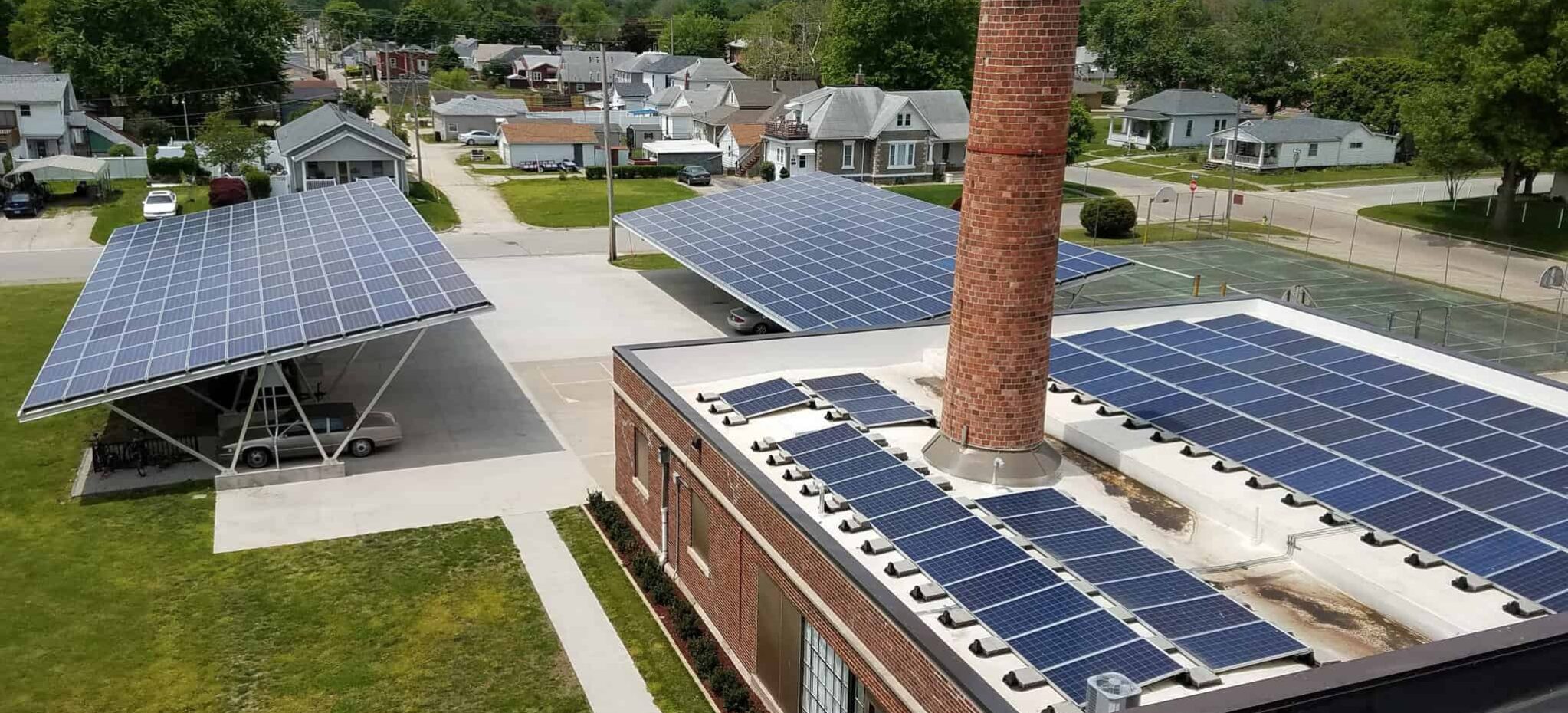Unless you’ve been living under a rock, you’ve most likely seen solar panels on rooftops all around your city. But have you ever wondered how do solar photovoltaic PV panels work?
Sure, at first glance, they might seem like rocket science, especially once you get into the nitty-gritty details of solar energy. However, we’re here to simplify things a bit and help you get a better understanding by explaining the technical process behind solar panels.
What are Solar Cells?
Generally speaking, solar panels feature up to six components. But by far, one of the most important parts of panels are their photovoltaic cells, which are responsible for generating electricity. The name of these cells comes from the process of converting sunlight into electrical energy, called the photovoltaic effect. Therefore, to put it simply, solar PV cells produce electricity by absorbing the sun’s energy and using it to create an electrical current.
A single solar panel features multiple photovoltaic cells that work together to generate enough electricity to power a home. More specifically, you’ll often find 60 cells linked together in a residential array. However, commercial installations involve large panels with at least 72 photovoltaic cells.
The Photovoltaic Effect
As noted earlier, silicon dollar cells absorb photons and convert them into flowing electricity. The process itself varies depending on the panels’ type of solar technology. Yet, there are some steps common to all PV cells:
Step 1: Light Absorption
During the first step, light hits a photovoltaic cell. The semiconductor material of the cell, usually silicon, absorbs the photons. This causes the trapped electrons in the silicon to break free, allowing them to transform into solar electricity in later stages.
Step 2: Electron Flowing and Electrical Generation
Photovoltaic cells feature two layers of silicon, and each one is treated to allow for the creation of an electrical field. In other words, one side of a layer has a net negative charge while the other side has a net positive charge. Furthermore, this electrical field will cause the previously loose electrons to flow through the solar cell in a specific direction, producing an electric current.
Step 3: Electrical Current Capture
After the generation of an electric current, the metal plates on the sides of solar cells collect the electrons. They are then sent to wires and allowed to flow freely as electricity to the solar inverter and eventually to your home’s system.
The Main Types of Solar Cells
Nowadays, there are five types of PV cells. However, by far, the most popular are monocrystalline and polycrystalline. Let’s check each of these variants and see what makes them different in terms of energy production.
Monocrystalline and Polycrystalline
Monocrystalline solar cells are made from a single crystal of silicon. On the other hand, as the name suggests, polycrystalline cells are manufactured by melting together multiple shards of silicon crystal. That leads to two main differences between these silicon cells.
For starters, when it comes to efficiency, monocrystalline cells are better than polycrystalline. That’s because a single crystal of silicon allows for the easier flow of electrons. However, polycrystalline cells are more affordable due to the simpler manufacturing process.
Thin-Film Solar Cells
Thin-film cells are slim, light, and often flexible, while also being incredibly durable. More often than not, their build features materials like cadmium telluride, copper indium gallium selenide, amorphous silicon, or gallium arsenide. Unfortunately, thin-film cells are less efficient than silicon panels and require more cells to produce a similar amount of energy.
Organic Solar Cells
Solar panels that feature organic cells are not yet commercially viable, even though they share similar benefits as thin-film solar cells. That’s due to their low efficiency and long-term reliability. But what’s fascinating about organic cells is that they are made from carbon-based materials. That makes them very flexible, durable, and sometimes transparent.
Perovskite Solar Cells
Perovskite is an umbrella term for any material that has a similar crystal structure to calcium titanium oxide. But, just like organic cells, perovskites are not available on an industrial scale yet. However, thanks to low production costs and incredible efficiency, they are an interesting option that can make solar more accessible to low-income households. Hopefully, in the near future, they will enter mainstream markets and become a reliable alternative to silicon cells.
To Sum Up
Solar panels have not changed too much since their initial creation. After all, the majority of them still rely on the photovoltaic effect for energy generation. And while some up-and-coming materials might revolutionize the industry. So, for now, whenever you wonder why solar panels are so expensive, think about the complex process and materials that they use to generate green electricity.
Read These Helpful Articles About the Solar Extras
How Long does Battery Cells Last?
Do I Need Batteries for My Solar Energy System?
4 Reasons People Purchase Solar Panels





